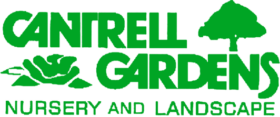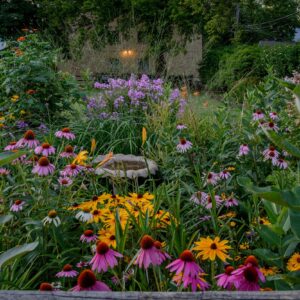Tips and Tricks for Creating a Pollinator Garden Designed to Thrive in Little Rock, Arkansas
Growing a garden is one of the most rewarding activities a homeowner or renter can partake in. Not only does it decorate your house with natural beauty, but it also contributes to the overall health of our ecosystem. That being said, one of the most challenging aspects of creating a garden is deciding what it is you want to grow. While there’s an abudance of vegetation to choose from, factors such as geographic landscape can limit our choices by keeping certain plants from thriving.
If you’re having trouble deciding what to grow, then consider creating a pollinator garden. These types of gardens are specfically designed to include plants that attract pollinators such as bees, butterflies, and hummingbirds. They promote plant reproduction, sustain biodiversity, support food production, and so much more! The benefits are quite honestly endless, and not to mention, these gardens enhance the overall beauty of the outdoors.
Here in Arkansas, there’s an even greater advantage to creating one of these gardens. Due to the state’s mild winters and moderate summers, there’s much more opportunity for fruitful plant growth.
So now that we’ve covered the bases on why everyone in the Little Rock area needs a pollinator garden, let’s get into what you need to know to create a thriving sanctuary of your own.
1. Know Your Native Plants
Understanding the vegetation that’s best suited to your region’s climate and soil conditions is essential. Plants native to the Little Rock and greater Arkansas region are more likely to provide nectar, pollen, and a habitat for pollinators. Purple coneflowers, eastern blazing stars, and black-eyed Susans are great choices when trying to decide which pollinator plants to place in your garden. A more robust list can be found here.
2. The More Diverse the Better
Including a variety of plants ranging from annuals, perennials, shrubs, and trees is essential to foster growth, create layers of vegetation, and attract different pollinators. Choosing plants that bloom at different times is also an excellent way to ensure there’s always a food source available for these critters!
3. Sun and Shade
Before planting anything, be sure to assess your garden’s sun and shade patterns. Flowers such as bee balm and coneflowers thrive in the sun, while those such as columbine and coral bells would rather be in the shade. Mapping out your placement is essential to creating a flourishing garden.
4. Habitat and Shelter
Like people, pollinators require shelter and protection throughout their life. Incorporating plants that provide nesting areas such as grasses or hollow stems is a great way to establish a habitat for pollinators such as bees and butterflies.
Building a pollinator garden is a rewarding and enriching experience. At Cantrell Gardens, we’re here to help you every step of the way as you create your outdoor wonderland. Visit our website to learn more or contact us directly!

